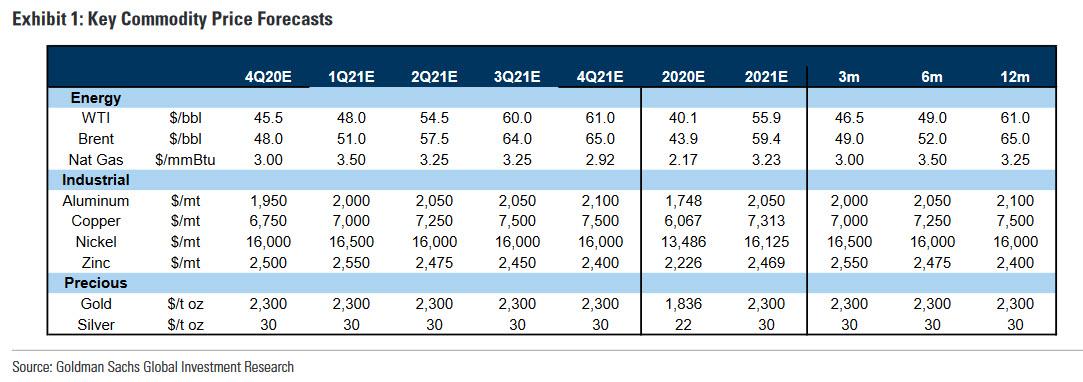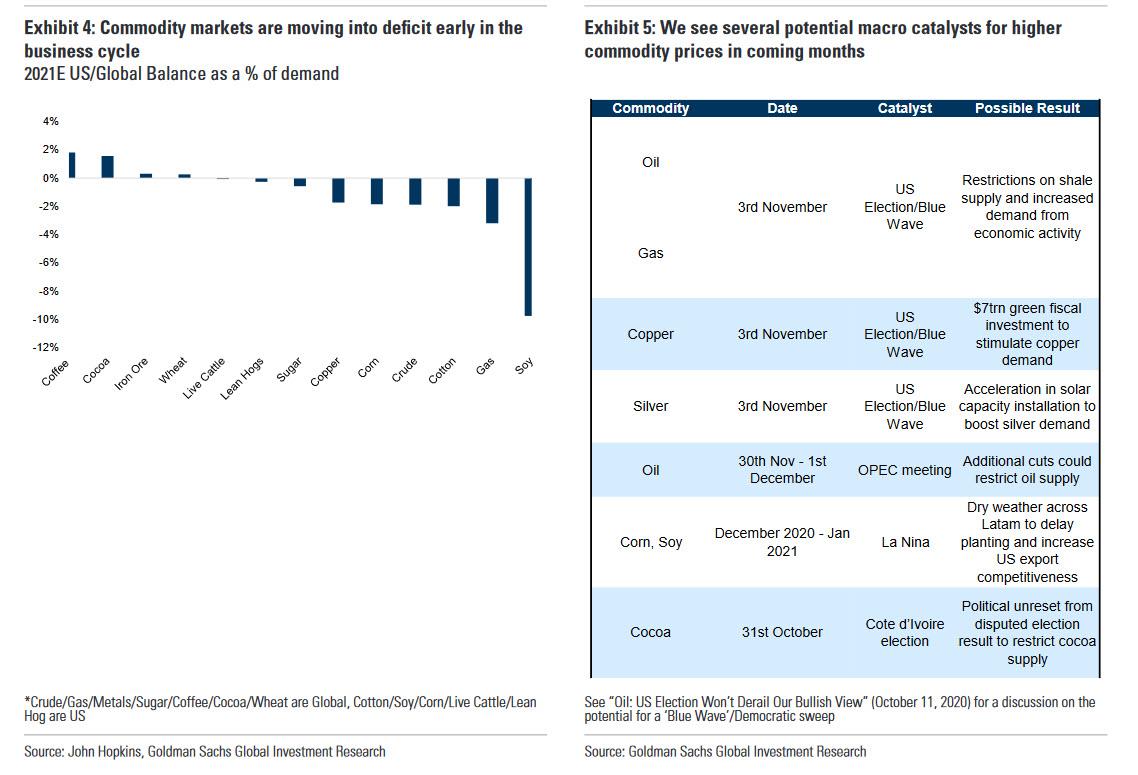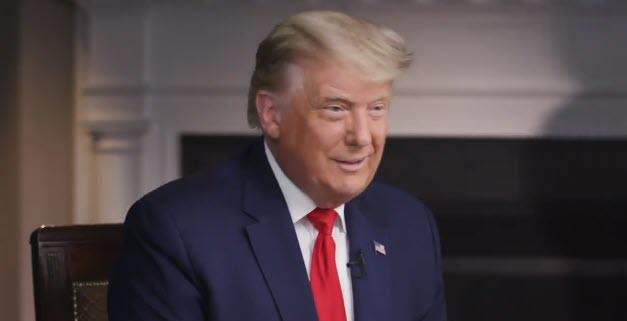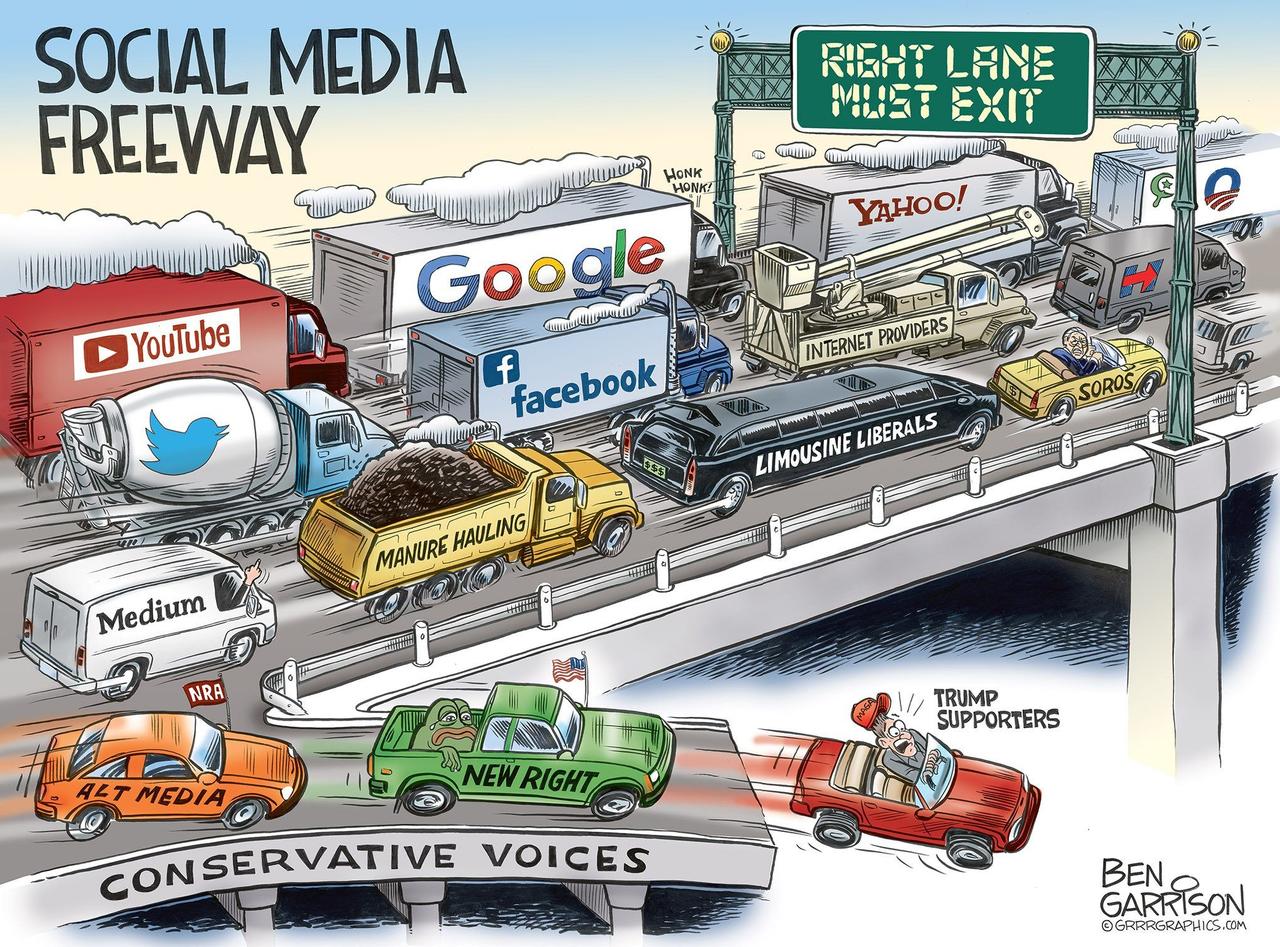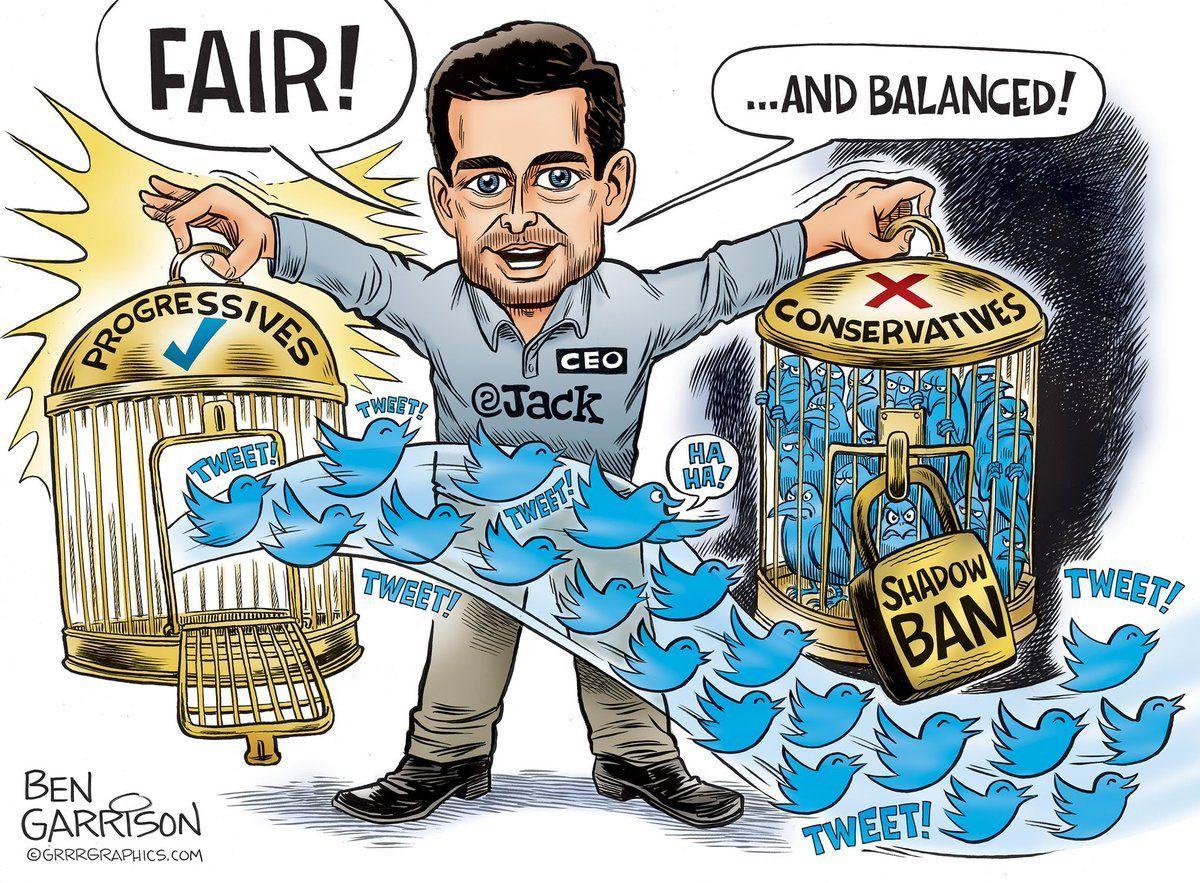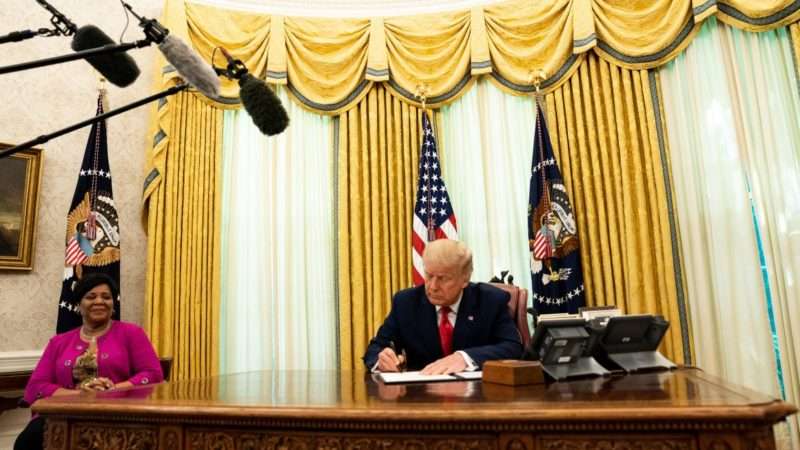At the first presidential debate this month, viewers were treated to a rare sight: a Republican criticizing a Democrat for being too tough on crime.
“I’m letting people out of jail now,” President Donald Trump said to Democratic candidate Joe Biden. “You’ve treated the black community as bad as anyone in the country. You called them superpredators and you’ve called them worse than that.”
It was Hillary Clinton who infamously uttered “superpredators” in 1996, not Biden. But ignoring that for the moment, Trump’s attack showed some of the unexpected ways the politics and policy of criminal justice are shaping the presidential election.
The unseasonably hot summer of 2020 was bookended by the police killing of George Floyd in May and the nearly fatal police shooting of Jacob Blake in August, both captured in disturbing video, sparking national calls for policing reform and accompanying unrest.
On social media and live television, Americans watched massive peaceful protests, as well as looting, riots, hundreds of documented incidents of police brutality, federal crackdowns, and fatal street skirmishes. Congress tried and failed to pass policing reforms. Meanwhile, there have been troubling spikes in shootings in many major cities.
Both major party candidates have tried to shape their messages to adapt to the public demands and political dangers this has created, and their ideas have intertwined and interacted in unexpected ways. Biden, the former tough-on-crime Democrat, argues for criminal justice policies that move him closer to what his party’s progressives want, if not all the way there, while trying to assure moderates and independents that he’s still not in league with anarchists. Trump, meanwhile, is campaigning as a diehard law-and-order Republican—even after signing one of the more ambitious criminal justice reform bills in recent history.
Come November, Americans will face a strange choice between someone who once helped usher in the era of mass incarceration but who now says he wants a less punitive system, and someone who helped shorten sentences and reverse unjust convictions but who is now pushing some of the least subtle law-and-order rhetoric in years. In an odd way, both candidates are running against their own records.
But in the end, only one of the contenders’ views on policing and racism will guide the federal government for the next four years.
Does Joe Biden Look Like a Socialist?
The Trump campaign’s attack on Joe Biden’s criminal justice record rests on two arguments that are, if not contradictory, at least competing with each other in the limited attention economy of a presidential election.
The first claim is that Biden was an architect of mass incarceration. “Trump fixed many of the disparities that Biden created and made our system more fair and just for all Americans,” Sen. Tim Scott (R–S.C.) said at the Republican National Convention (RNC) this July.
This is an unsubtle attempt by Republicans to cut into Biden’s support among black voters. Regrettably for Biden, it’s also true.
Although tough-on-crime legislation was a bipartisan fad during the 1980s and ’90s, Biden’s name was prominently attached to some of the worst laws to come out of the era, such as the Comprehensive Crime Control Act of 1984, which expanded civil asset forfeiture, or the Anti-Drug Abuse Act of 1986, which created a 100-to-1 sentencing disparity between crack and powder cocaine. In the decades after the 1986 bill was passed, it ruined countless lives by tying judges’ hands and imposing substantially heavier penalties against federal crack offenders, who were predominantly black, than powder cocaine offenders who committed roughly the same crime.
During this year’s Democratic primary and general election, however, most of the attacks on Biden’s criminal justice record have focused on his role in crafting the 1994 crime bill, known as the Violent Crime Control and Law Enforcement Act of 1994.
This bill created several draconian mandatory minimum sentences at the federal level and offered grants to incentivize states to pass “truth in sentencing” laws and build new prisons. However, mass incarceration is predominantly a state-level phenomenon, and several criminologists have argued persuasively that, while the ’94 crime bill was a bad piece of legislation, it was not a significant driver of mass incarceration, which was already well underway.
The Trump campaign’s second claim is that Biden is controlled by the radical left (or by people in “dark shadows,” if you prefer the president’s version of the story). In this telling, Biden, under the compulsion of Marxist Black Lives Matter activists, will defund the police and let antifa run amok through your suburban neighborhood while your 911 calls go to voicemail.
In fact, the Biden campaign’s platform proposes $300 million in additional funding to the Department of Justice’s (DOJ) Community-Oriented Policing Services (COPS) program which distributes federal grants to local and state police for hiring and training.
Biden’s criminal justice platform advocates for decriminalizing marijuana, ending cash bail, and eliminating mandatory minimums, among other provisions. It also includes a sort of reverse ’94 crime bill, which would offer $20 billion in grants to states to reduce incarceration and crime rates. It’s thoroughly liberal, although not nearly as bold as many on the left would prefer. For instance, it only decriminalizes marijuana rather than legalizing it, and Biden still has authoritarian tendencies when it comes to drug use.
“I don’t believe anybody should be going to jail for drug use,” Biden said at an ABC town hall last week. “They should be going into mandatory rehabilitation. We should be building rehab centers to have these people housed.”
The Democratic Party has lurched left on criminal justice, and Biden has been dragged along with it, although you’ll never mistake him for Angela Davis. As Reason‘s Matt Welch once wrote, Biden is a “rusty weather vane” who will “creak in the direction of the prevailing winds eventually, apologetically if need be.”
Biden did in fact apologize for his role in passing draconian sentencing laws. In a speech last year on Martin Luther King Jr. Day, Biden said those bills “trapped an entire generation,” and that “it was a big mistake when it was made.”
On the other hand, Biden has also repeatedly tried to downplay his enthusiastic support for mandatory minimum sentences.
At last week’s town hall, Biden pointed to the wide support from black politicians for the tough-on-crime bills he authored. This is also true, but it ignores the complicated politics behind support for those laws. As James Forman Jr. writes in Locking Up Our Own, a book about black support for tough sentencing laws, black activists and local politicians wanted safer communities. They also wanted better schools, better housing, better jobs, and better social programs. However, “such efforts had become an object of ridicule by 1975, a symbol of the hopeless naïveté of 1960s liberalism,” Forman writes. So they only got a drug war.
At the first presidential debate, Biden declared that “I am the Democratic Party.” It was meant to project authority and counter Trump’s attacks that he’s owned by the radical left, but Biden has always been and will always be whatever the Democratic Party needs him to be. Still, it’s hard to imagine Biden telling a defunded cop, “Sorry, bucko, but your department is systemically racist, so it’s time to hit the bricks.”
As Biden asked in an August speech, summing up the question before voters: “Do I look like a radical socialist with a soft spot for rioters? Really?”
LAW AND ORDER!
In contrast to the Biden campaign’s voluminous number of proposals, Trump’s criminal justice platform is summed up in three oft-tweeted words: “LAW AND ORDER!”—a phrase that’s emotionally resonant, historically loaded, and perfectly vague. As he’s continued to flounder in the polls, Trump has clung to it like a life preserver. “You don’t want to say anything about law and order,” Trump taunted Biden at the debate.
“The people of this country want law and order, and you’re afraid to say it,” Trump continued, as if Biden was afflicted by a fairytale curse that would turn him into stone if he uttered the phrase.
“LAW AND ORDER!” might not mean anything as a coherent policy platform, but that’s somewhat beside the point. Trump is an almost purely reactionary politician who doesn’t have policies so much as he has gut instincts about what drives outrage and creates anxiety among his base.
Trump knew, for instance, that he should go to Kenosha, Wisconsin, and have his picture taken in front of razed storefronts, but he didn’t know what to say when asked at a roundtable discussion later that day if every police officer should be required to wear a body camera.
“Uh, body cam?” Trump responded, flummoxed. “Uh, well, that’s… very interesting. Let me ask [Attorney General William Barr] to answer that question.”
Other party and campaign resources are not much of a help. The Republican Party declined to put out an official party platform in 2020, instead pledging to “enthusiastically support the president’s America-first agenda.”
The totality of the Trump campaign’s second-term agenda on criminal justice is five bullet points under the heading “Defend Our Police”:
- Fully Fund and Hire More Police and Law Enforcement Officers
- Increase Criminal Penalties for Assaults on Law Enforcement Officers
- Prosecute Drive-By Shootings as Acts of Domestic Terrorism
- Bring Violent Extremist Groups Like ANTIFA to Justice
- End Cashless Bail and Keep Dangerous Criminals Locked Up until Trial
The first point is not all that different from the Biden campaign platform calling for $300 million in additional funding to the COPS program.
The second is similar to red-meat bills introduced by Republican lawmakers every year that would tack additional mandatory minimums onto federal crimes and duplicate state crimes that are already on the books.
“Domestic terrorism” is not currently a federal crime, which would make prosecuting it difficult. Nor should it be a federal crime, as J.D. Tuccille argued in Reason last year, because states are already well-equipped to prosecute such incidents, and the feds have a bad civil rights track record when it comes to investigating allegations of terrorism.
The fourth point on the agenda is already well underway, as federal authorities aggressively investigate and prosecute vandalism, assaults, and other alleged crimes at recent protests. The DOJ releases near-daily press releases about new indictments related to protest activities around the country. Last week, for instance, they put out a press release to announce the indictment of two Portland protesters on misdemeanor charges of failing to obey a lawful order and disorderly conduct on federal property.
The fifth point appears to be an attack on efforts to abolish cash bail. As Reason showed in an investigation, cash bail frequently traps defendants in jail solely because they’re too poor to pay. Bail policies are set at the state and county level, so it’s unclear what the Trump administration could do about them, besides withhold federal grants.
The Fight Over Systematic Racism
There’s one issue that shows the stark divide between the two major candidates and their parties on criminal justice more than any campaign platform: systemic racism in policing.
Republican officials and lawmakers have condemned the police killing of George Floyd, but they typically reject the proposition that there is wider racial bias at play. “I don’t believe there is systemic racism in police departments,” Barr said in a congressional hearing this July.
At the RNC, Vice President Mike Pence mocked Biden for suggesting otherwise: “Now Joe Biden says that America is systemically racist, and that law enforcement in America has, and I quote, ‘an implicit bias against minorities,'” Pence said. “When asked whether he’d support cutting funding to law enforcement, Joe Biden replied ‘Yes, absolutely.'”
“The American people know we do not have to choose between supporting law enforcement and standing with our African American neighbors to improve the quality of their lives, education, jobs and safety,” Pence continued.
Biden’s stated position happens to be almost the same, except that it explicitly acknowledges the state and other institutions have systematically enacted discriminatory policies which have echoes to this day.
“I believe in law and order,” Biden said in a Gettysburg, Pennsylvania, speech in early October. “I’ve never supported defunding the police, but I also believe injustice is real. It’s a product of a history that goes back 400 years.”
“I do not believe we have to choose between law and order and racial justice in America,” Biden continued. “We can have both.”
Part of this confused debate has to do with the fuzziness of the term “systemic” or “institutional” racism, which doesn’t mean that everyone within an institution is racist or that the system is overtly racist, but that systems, through many small decision points that appear neutral on their face, can create discriminatory outcomes. Former Reason writer and The Washington Post journalist Radley Balko has collected an extensive list of studies showing racially disparate outcomes in just about every facet of the criminal justice system.
An administration’s stance on the nature or reality of systematic racism influences how long of a leash the DOJ’s Civil Rights Division has to investigate police departments.
The Obama administration launched 20 investigations into constitutional abuses and biases at major police departments, like ones in Ferguson, Missouri, Chicago, and Baltimore. Those investigations led to damning reports and 15 settlements known as “consent decrees,” often enforced by a judge, which bind departments to a list of specific reforms and goals. Those decrees can be contentious, expensive, and burdensome for departments, dragging on for years, but reviews have found that they often produce positive results.
For example, following the Rampart scandal, which implicated more than 70 officers in misconduct ranging from planting evidence to perjury to bank robbery, the Los Angeles Police Department (LAPD) was under a consent decree between 2001 and 2013. A 2009 Harvard study of the effects of the consent decree found that the quantity of pedestrian and vehicle stops by the LAPD and the quality of arrests—i.e. the number of arrests that result in felony charges from the district attorney’s office—both increased, while serious uses of force decreased. Public satisfaction with the police department’s performance rose to 83 percent. In Baltimore, the first report on the police department’s compliance with the consent decree was released last month and found that, after 30 months, the department had mostly revised the policies identified in the consent decree, although their outdated record keeping system made it impossible for monitors to see how this has affected street-level policing.
The DOJ under the Trump administration still regularly investigates and prosecutes individual police and correctional officers for civil rights abuses—the bad apples—but it has pulled back from so-called “pattern or practice” investigations, which look at department-wide problems that contribute to unconstitutional policing. Trump’s first attorney general, Jeff Sessions, thought they were heavy-handed, expensive for cities, and unfairly impugned departments. (The DOJ under Sessions tried to back out of the Baltimore consent decree after the city agreed to it, but a judge refused to allow it.)
While it has been active in religious freedom and campus free speech cases, the Civil Rights Division has released the results of only one “pattern or practice” investigation into a police department in nearly four years. A narcotics unit in Springfield, Massachusetts, holds the dubious distinction of being the one group of police officers in the country so rotten that even Jeff Sessions couldn’t ignore them.
Former Obama administration officials say, though, that the Trump DOJ hasn’t just retreated from policing the police; it’s been working to undo the enforcement mechanisms themselves.
“On every front, the Trump administration has eroded federal civil rights enforcement, or even attacked the machinery of federal civil rights enforcement,” says Vanita Gupta, the former head of the DOJ’s Civil Rights Division during the Obama administration.
A ProPublica investigation published last month found that the DOJ under Trump has worked to undermine existing consent decrees by not enforcing them, letting police departments violate the terms of the settlements. A federal judge in Seattle accused the DOJ of reversing its previous position “for the sake of political expediency.”
However, a Reuters investigation reported that the DOJ has gone to court at least once recently to enforce its consent decree powers: In July, it used its 2012 consent decree with the Seattle Police Department—originally negotiated to curb excessive force incidents—to block the department from banning the use of tear gas, pepper spray, and projectile launchers on crowds.
But Trump Signed the FIRST STEP Act
Standing onstage at the RNC, Alice Johnson, a former federal inmate, looked into the camera and launched into a speech, variations of which she has delivered many times since she was released two years ago, although never on a stage that big.
“I was once told that the only way I would ever be reunited with my family would be as a corpse,” Johnson said. “But by the grace of God and the compassion of President Donald John Trump, I stand before you tonight, and I assure you, I am not a ghost.”
Johnson was serving a life sentence for a nonviolent drug crime until Trump commuted her sentence in 2018 after a personal appeal from reality TV megastar Kim Kardashian West. Since her release after 21 years in federal prison, Johson has become a remarkable public speaker and advocate for criminal justice reform. The Trump campaign has used video of her release from prison as a campaign ad and pointed to her commutation, and the passage of the FIRST STEP Act in 2018, to tout the president’s record on criminal justice reform.
The FIRST STEP Act was, in reality, a modest bill riddled with carve-outs to appease law enforcement, such as ensuring that none of the bill’s few reductions to mandatory minimum sentences would be applied retroactively. The only exception was a provision that retroactively applied the Fair Sentencing Act of 2010, which reduced the sentencing disparity between crack and powder cocaine from 100-to-1 to 18-to-1. Still, it was still the most sweeping criminal justice reform legislation to pass Congress in recent memory, the culmination of years of work by a group of bipartisan lawmakers in Congress and an unusual coalition of progressive and conservative advocacy groups. It has resulted in releases or reduced sentences for about 4,700 federal inmates, including many serving outrageous crack cocaine sentences that Biden helped put in place.
The legislation also empowered judges to review federal inmates’ petitions for compassionate release. This has become a crucial mechanism for elderly and at-risk inmates to get out of prison during the COVID-19 pandemic (often over the objections of the Bureau of Prisons and federal prosecutors).
Criminal justice advocates worked for months to secure Trump’s support for the bill, which was essential for giving political cover to Senate Republicans. There was skepticism about whether it was worth it for liberal and progressive groups to work with the White House and the notoriously flighty president. The bill cut against Trump’s core political instincts. This is, after all, a president who sometimes muses about executing drug dealers and jokes about police brutality.
But he did back it, to the dismay of conservative senators like Tom Cotton (R–Ark.), who caterwauled that it amounted to a “jailbreak” for dangerous criminals. Cotton and Sen. John Kennedy (R–La.) tried to gut the bill by introducing amendments to exclude wide swaths of inmates from its provisions, but the Senate rejected the amendments and passed the FIRST STEP Act by a wide bipartisan margin. Trump has since enjoyed bragging on the debate stage that he got criminal justice reform done where Obama and Biden failed.
But Trump’s commutations of nonviolent drug offenders have been limited to cases like Johnson’s where advocates have managed to get the president’s personal attention. There hasn’t been a wider clemency initiative, even though, as Johnson noted in her speech, there are thousands more cases like hers.
And although he still likes to congratulate himself for backing a criminal justice overhaul, behind the scenes, Trump has reportedly soured on reform. In September, The Washington Post reported that Trump was convinced by his son-in-law and senior adviser Jared Kushner to back the FIRST STEP Act as a way to improve Trump’s abysmal standing with black voters. When that failed to materialize, Trump “went shit-house crazy,” one former White House official told the Post. The president reportedly yelled at aides, “Why the hell did I do that?”
Similarly, Axios reported in July that Trump regretted following Kushner’s advice to pursue criminal justice reform. One White House official summed up the president’s feelings as: “No more of Jared’s woke shit.”
So even as the RNC featured Alice Johnson, it also engaged in lavish displays of deference toward police, including a speech by Patrick Lynch, president of the Police Benevolent Association (PBA), the largest union representing New York Police Department (NYPD) officers.
“Here is the sad truth that every cop in this country knows. The violence and chaos we’re seeing now isn’t a side effect. It isn’t an unintended consequence. It’s actually the goal,” Lynch said. “Why is this happening? The answer is simple: The Democrats have walked away from us. They have walked away from police officers. And they have walked away from the innocent people we protect.”
The PBA has a rich history of opposing any and all reforms to the NYPD, no matter how modest. The union loudly defended Daniel Pantaleo, the officer who killed Eric Garner, and opposed his firing. It sued to block the public release of police body camera footage. It constantly fought in court and lobbied to protect a law that kept police misconduct records in New York secret for 40 years, and when the state legislature finally repealed the law this June, the PBA sued New York City to block the release of those records.
Having one of the most unhinged police union officials in the country speak at the RNC was a choice, and it was a choice that reflected the president and Republicans’ position on police reform better than any long-winded party platform.
The Mantra That Failed
As the long, fraught summer of 2020 finally wound down, there was one very notable development: Conventional political wisdom holds that violent unrest and riots are terrible for liberal candidates, but while public opinion of the protests and Black Lives Matter dropped, the Trump campaign’s attempts to link Biden to the destruction didn’t really land.
A September 4 ABC News/Ipsos survey found that 55 percent of Americans thought Trump’s rhetoric on the protests was aggravating the situation, while 49 percent thought Biden’s statements didn’t have much effect either way. A YouGov survey that same week reported that 56 percent of adults said violent protests would get worse if Trump were reelected.
Those numbers haven’t budged much, either. In a CNN survey released in the first week of October, 55 percent of respondents said Biden would be better at handling crime and safety issues, compared to 43 percent who chose Trump.
In an NBC/Wall Street Journal poll that same week, Biden led again, 45 percent to 41 percent, on the question of which candidate would be better at dealing with crime.
Trump still invokes law and order like a mantra, but it has turned into more white noise in the chaos of 2020. In September, the Trump campaign mostly switched its attack ads in key battleground states from crime to economic messages.
Biden, meanwhile, is trying to thread the needle of what the moment is demanding of him. He built a career as a Joe, a guy who understands the concerns of other Joes, the sort of Joes who become policemen or pipe-fitters—the kind of Joes who were profiled in endless features about the voters who abandoned the Democratic Party in 2016. That sort of voter wasn’t turned off when Biden bragged about how many new capital offenses his legislation would put on the books.
Now in the twilight of his career, Biden has had to assure the new mainstream of the Democratic Party that he understands their concerns about a criminal justice machine for which he helped grease the wheels while also trying to convince moderates that he doesn’t think their local police all have Klan robes in their closets. He can’t directly tout his record to mollify the latter, though, since even Trump likes to criticize it for being gratuitously cruel, so Biden’s pitch to skittish voters pretty much boils down to, “You know me. C’mon, man.”
Both Biden and Trump are dancing around their records, of course. Trump would like you to believe he’s law and order when it counts, but compassionate when it’s called for, which requires a deep well of gullibility to believe—or a tired resignation to cynicism.
Whoever wins the presidency will find that this criminal justice two-step will not take them very far. The problems with American policing, and the deep political divisions this summer once again exposed, are not going away. They will have to be addressed, and one of these two men won’t be able to dodge the question anymore.
from Latest – Reason.com https://ift.tt/35rekJs
via IFTTT
